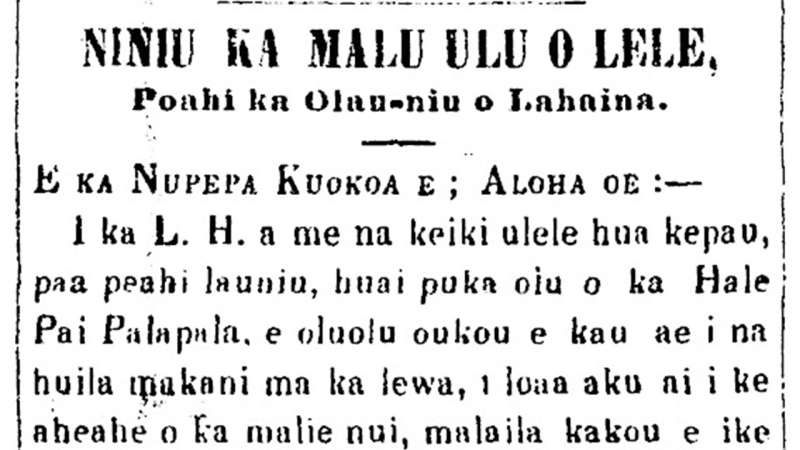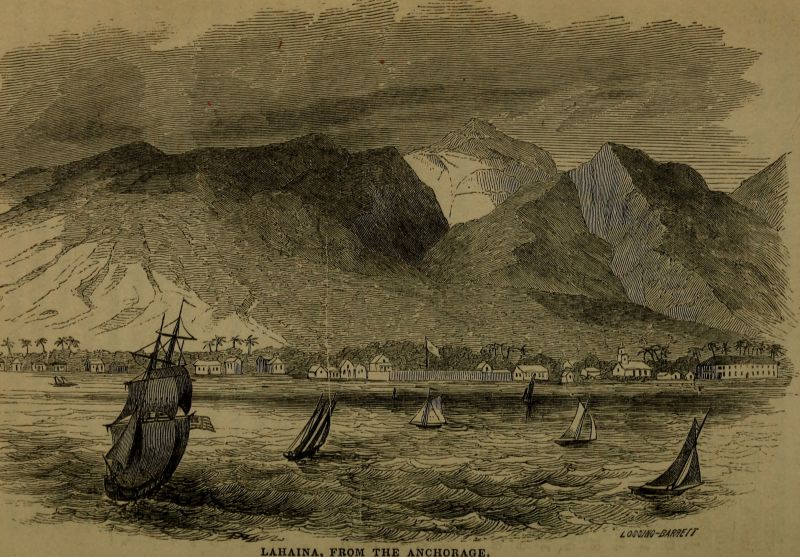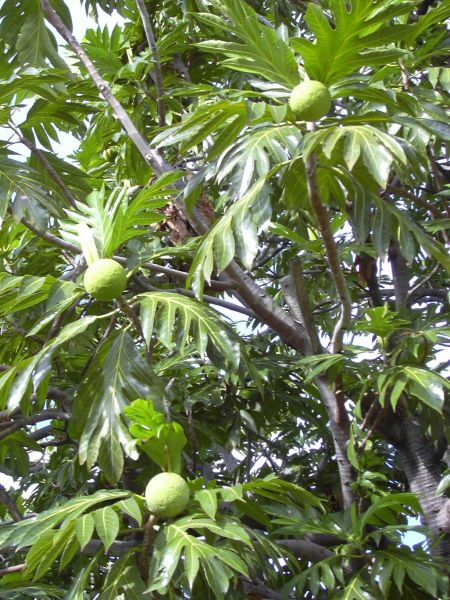Digital Collections
Celebrating the breadth and depth of Hawaiian knowledge. Amplifying Pacific voices of resiliency and hope. Recording the wisdom of past and present to help shape our future.
This article was published in the Hawaiian language newspaper Ka Nupepa Kuokoa on May 6, 1871. G. W. P. Kauanui shares the latest news from Lahaina town, including descriptions of its two sugar mills, commentary on the foremen and laborers, updates on hula, policemen, and the making of spirituous beverages, and a look into various winds of the area.
The Hawaiian text below (transcribed from the original and adapted to modern orthography) is an excerpt from the larger article, followed by an English translation.
NINIU KA MALU ʻULU O LELE,
Poahi ka ʻŌlauniu o Lahaina.
[paukū ʻumi]
NO NĀ MAKANI.
ʻO nā makani kamaʻāina mau o Lele nei, ʻo ke Kaomi, he makani ia ma waena o Molokaʻi a me Lahaina, inā e ikaika loa mai ia makani, e nui mai ana ka ua ma Kāʻanapali, a pulu, a haʻukeke ʻo ʻAkamu a me Nāhaku, ua kapa ʻia he Nahua; ʻo ka makani e ikaika ana ma ke kuahiwi, he Hoʻolua ia, a inā e huʻihuʻi ʻino ana, a laila he Kiu ia; a inā e hui nā makani a lawe i nā ʻōpala, ka lepo, ka lau nahele, nā pāpale o ka huakaʻi hele, nā pālau moena o kauhale, he Puahiohio ia, he akua lapu kekahi inoa, he moe lepo kekahi inoa.
ʻO KE KAUAʻULA, he makani ikaika kēia, ʻo ka makua kāne kēia o nā makani o Lahaina nei, aia ma uka ponoʻī iho kēia makani, ʻo kēia makani naʻe, he haʻi ʻē mai kēia makani i kona huhū ma mua, no ka mea, ʻekolu lā e nū ai i ke kuahiwi, e noke ana i kona ikaika i ka mauna, e lauwili ana i ʻō i ʻaneʻi, a ʻo nā kamaʻāina o Lahaina, lohe lākou i ka halulu, nakiʻi ʻē i nā hale, lawalawa honua a paʻa, koʻo, kuene pono; i ka wā e puka mai ai ʻo ua makani nei, he weliweli ke nānā aku, lepo nō hoʻi a lepo, ʻōpala nō hoʻi a ʻōpala, halulu nā lau lāʻau, hoʻomoe ʻia nā lau nāhelehele, ʻālaʻa pū ʻia nā lāʻau nui, nalowale pū ʻo Lānaʻi i ka lepo; ʻo nā manu o ka uka, nā ʻiʻiwi, ʻapapane, a pēlā aku, ʻōlepe ʻia mai lākou e kēia makani, haʻalele i nā keiki a me nā pūnana.
ʻO KA MAʻAʻA, ke aliʻi wahine kēia o nā makani o Lahaina nei, e like me ka wahine maikaʻi, ʻoluʻolu ka ʻōlelo, nahenahe ka leo, waliwali ka ʻōlelo, palupalu nā hana, nohenohea ka noho ʻana, he ue haʻi ka hana, he kulaʻi pau ke oki; aia kēia makani ma ka moana kai lipolipo mai, a loaʻa maila i ka lau o nā niu a me ka lau o ka ʻulu, loaʻa ihola ke mele a ka poʻe haku mele, penei:
Kuʻu hoa mai ka makani Maʻaʻa,
E wehe ana i ka lau o ka niu,
I ka ʻolu o ka poli o ke hoa — ē.
Na kēia makani e lawe mai ke ʻala o ka lau limu o ka moana, a he pau ka pilikia o ka poʻe holo waʻa ma ke kūkulu peʻa ʻana, a pēlā wale aku.
ʻO KA LĪHAU, aia kēia makani ma Līhau mai, a ma Launiupoko mai, he Awalua kekahi inoa, he wahi makani pā ʻoʻoleʻa kēia, menemene ʻole mai i ka poʻe ʻōpiopio a me ka poʻe nāwaliwali, hele huhū ke ahi me ka pulupulu, hoʻohanina aku ʻoe, ʻōlepelepe ou mau lihilihi, kunāhihi nā kuʻemaka, hīkākā ʻoe a pōniuniu, ʻaʻole naʻe e liʻuliʻu a pau koke nō, ʻelua a ʻekolu lā, pau.
ʻO KA MOAʻE, aia kēia makani ma waena o Papawai a me Kahoʻolawe, a inā e ikaika loa mai, e komo mai ana i Lahaina, e hānupanupa ana ke kai, e hakukoʻi ana ka moana, e pono ʻole ana ka ʻauwaʻa lawaiʻa ke lana aku, ʻo ka hoʻi ka pono, i ʻike i ka maka o ke keiki a me ka wahine.
THE BREADFRUIT SHELTER OF LELE WHIRLS ABOUT,
the ʻŌlauniu of Lahaina spins around.
[paragraph 10]
REGARDING THE WINDS.
The most familiar winds of Lele include the Kaomi, a wind between Molokaʻi and Lahaina, and if this wind blows intensely, bringing heavy rains to Kāʻanapali, and leaving ʻAkamu and Nāhaku painfully cold and soaking wet, it is called the Nahua; the wind that blows strongly in the mountains is the Hoʻolua, and if it is freezing cold, it is the Kiu; when the winds mix together and pick up trash, dirt, leaves, traveling hats, and floor mats from houses, it is the Puahiohio, also known as the akua lapu [evil spirit] or the moe lepo [earth sleeper].
THE KAUAʻULA is a strong wind, and it is the father of the winds here in Lahaina, found directly inland, but this wind announces its rage first, because for three days it will roar in the mountains, persisting in strength in the mountain region as it blows here and there, and the natives of Lahaina will hear the racket, tie up their houses, bind everything until secure, braced, and carefully set; when this wind emerges, it is a fearsome sight, for there is dirt and rubbish everywhere, leaves shake violently, plants are flattened and large trees uprooted, and Lānaʻi is hidden by the dirt; the upland birds like the ʻiʻiwi, ʻapapane, and others are turned off course by this wind, leaving behind their young and their nests.
THE MAʻAʻA is the queen of the winds here in Lahaina, and just like a beautiful woman, her words are gentle, her voice soft, her speech kind, her movements tender, her existence lovely, and when she sways, the destruction ends; this wind originates in the deep ocean and is caught by the coconut fronds and breadfruit leaves, giving us this song by the master composers, which says:
My companion from the Maʻaʻa wind,
That opens the coconut fronds,
In the comfort of the arms of a dear one.
This is the wind that brings the scent of seaweed from the ocean, that ends difficulties experienced by sailors when raising their sails, and so forth.
THE LĪHAU is the wind that originates from Līhau and Launiupoko, and it is also known as the Awalua, it being a wind that blows relentlessly, showing no mercy to the young and weak and angering the fire and kindling, as it forces you to step lightly, rattling your eyelashes, making your eyebrows stand up wildly, causing you to stagger around until dizzy, and in no time it will be over, gone in two or three days.
THE MOAʻE is the wind between Papawai and Kahoʻolawe, and if it is strong, it will enter Lahaina, the sea will surge, the ocean will become agitated, and the conditions will be unfit for the fishing fleet to stay out, forcing them to return and see the faces of their children and wives.


courtesy of: Library of Congress
Lahaina, from the anchorage. With a view of Lahaina Fort (center) and Hale Piula (right). Sketch by George Washington Bates c.1854, wood engraving by Benson John Lossing and William Barritt.

courtesy of: Wikimedia Commons
Lahaina native huts. Watercolor and pencil by James Gay Sawkins, 1855.

courtesy of: Forest and Kim Starr
ʻUlu (Artocarpus altilis). Lahaina, Maui, 2003.